HPE's new Cray system is a pocket powerhouse
Hewlett Packard Enterprise (HPE) has unveiled new HPC storage, liquid cooling, and supercomputing offerings ahead of SC25
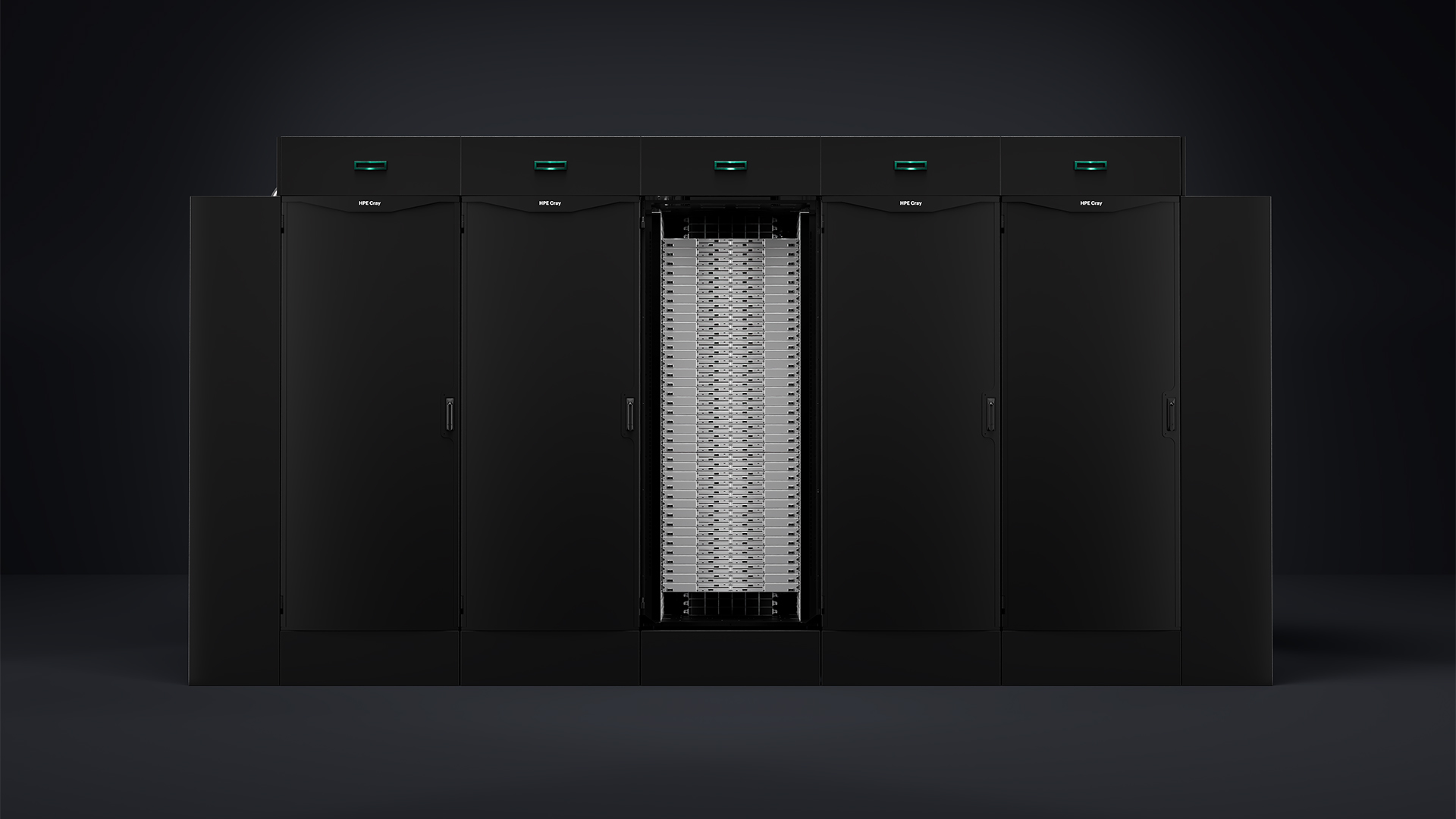

It’s been a little over five years since Hewlett Packard Enterprise (HPE) acquired Cray Computing, a stalwart of the supercomputing world since the 1970s.
In that time, the company has grown its pedigree in high-performance computing (HPC) and in June 2025 occupied six of the top 10 spots in the Top500 list of the most powerful supercomputers.
As the company approaches the tenth anniversary of its split from HP, it unveiled several new developments in its HPC portfolio, all with an eye on the growing demand for enterprise AI infrastructure and data center efficiency.
HPE Cray Supercomputing GX5000 and K3000
The Cray Supercomputing GX5000 is the latest supercomputing infrastructure released by HPE and is a pocket powerhouse, taking up 25% less data center space than its predecessor while delivering 127% more power per compute slot, according to HPE.
The GX5000 is liquid cooled, but can use much warmer water – 40ºC rather than the 32ºC required by EX4000, the previous Cray Supercomputing model.
In addition to the GX5000, HPE also unveiled the HPE Cray Supercomputing Storage Systems K3000, one of the storage options for the new supercomputing system.
According to the company, using K3000 with GX5000 offers 39% higher IOPS per rack compared to the Cray E2000 storage system. K3000 is also, HPE noted, the industry’s first factory-built storage system with Distributed Asynchronous Object Storage (DAOS) open source software for software-defined storage.
Sign up today and you will receive a free copy of our Future Focus 2025 report - the leading guidance on AI, cybersecurity and other IT challenges as per 700+ senior executives
Trish Damkroger, SVP and GM of high performance computing and AI at HPE, said developing hardware that could run with warmer inlet water temperature was a result of the company being “really focused on [its] European customers and their need for sustainability”.
The modules on the GX5000 contain both the pump and VFD and are hot swappable. The setup is left/right agnostic and, as there’s no side access required, it’s more easily serviceable. It also has high point air bleed for improved air venting.
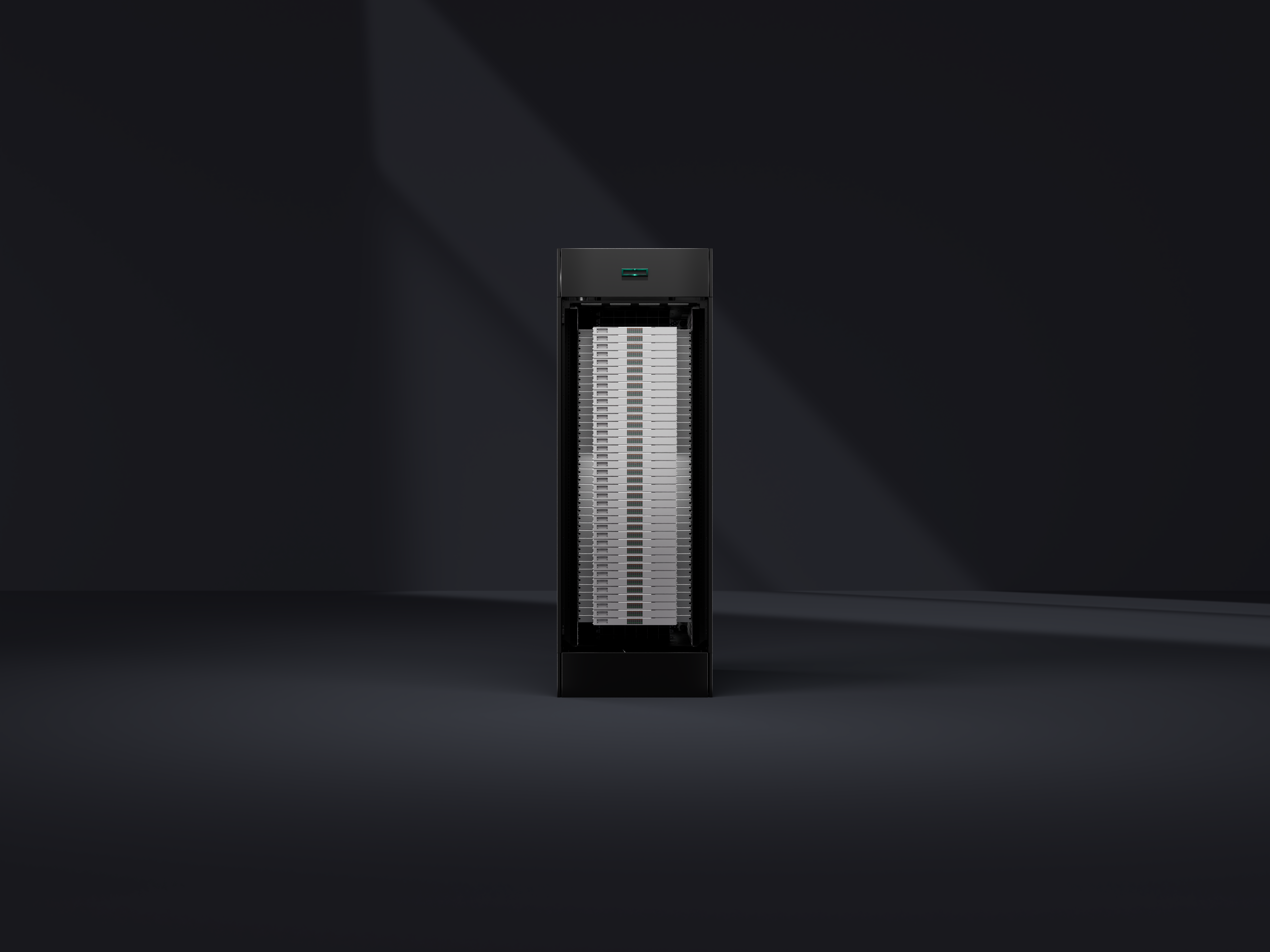
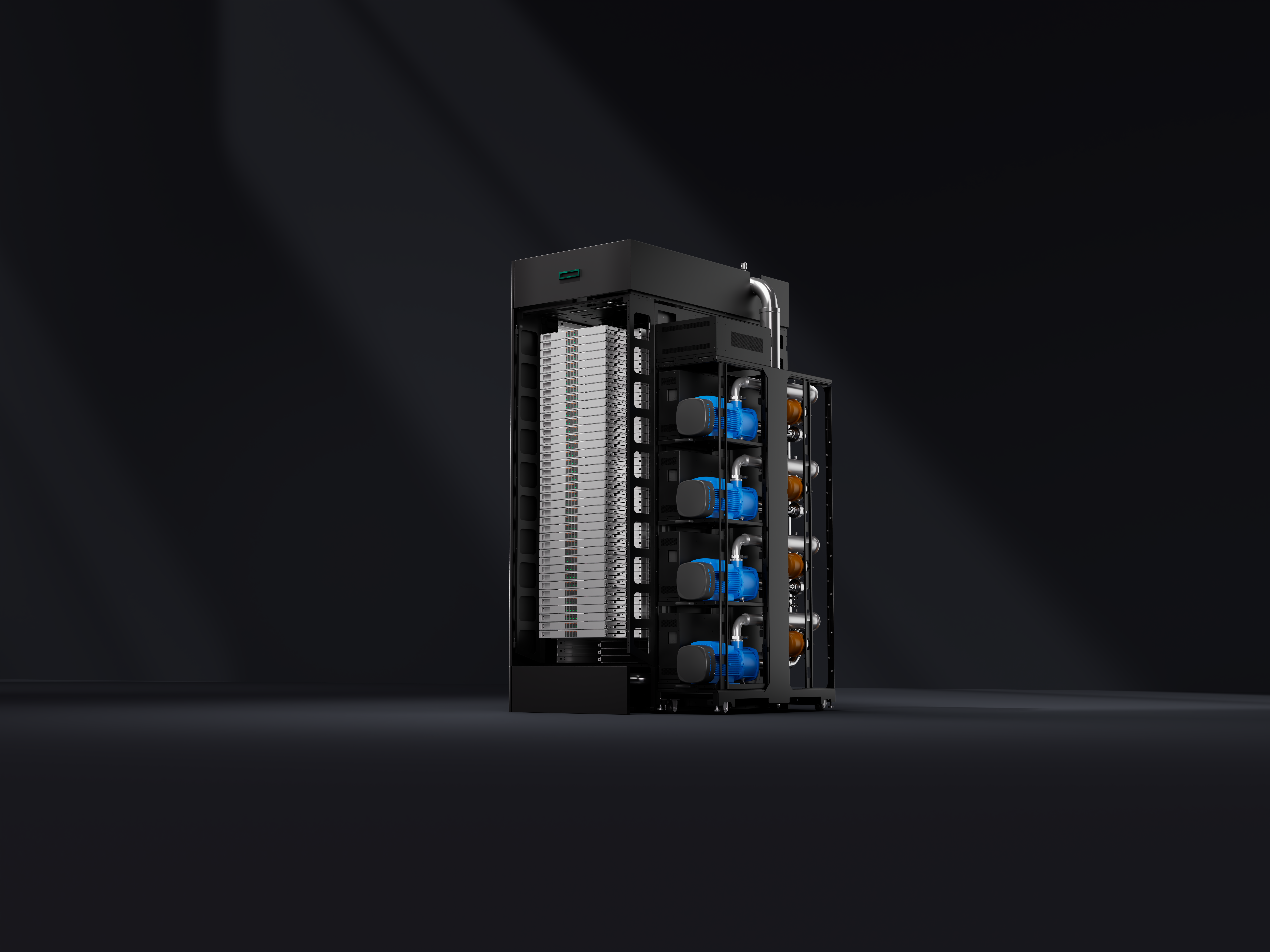
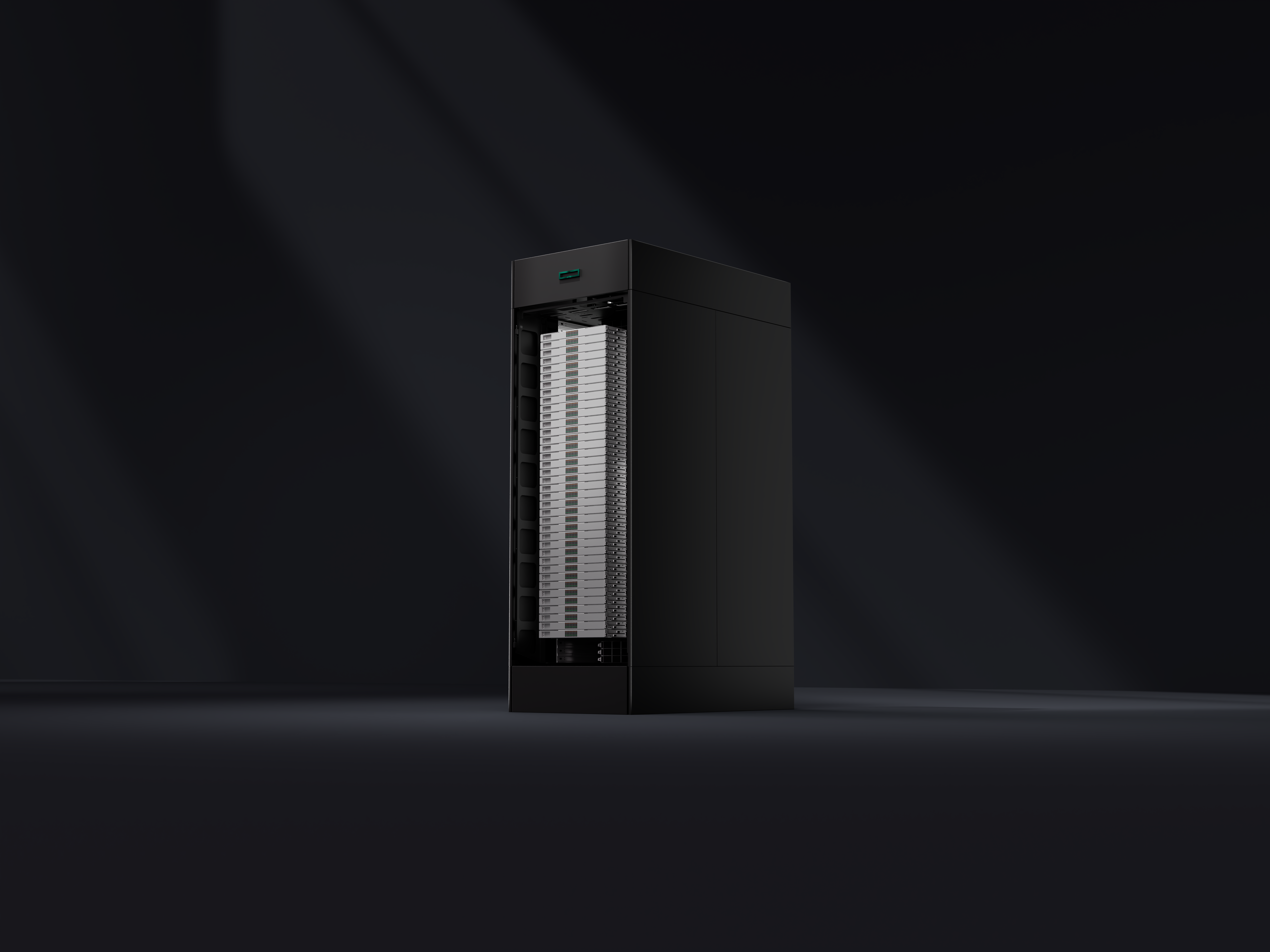
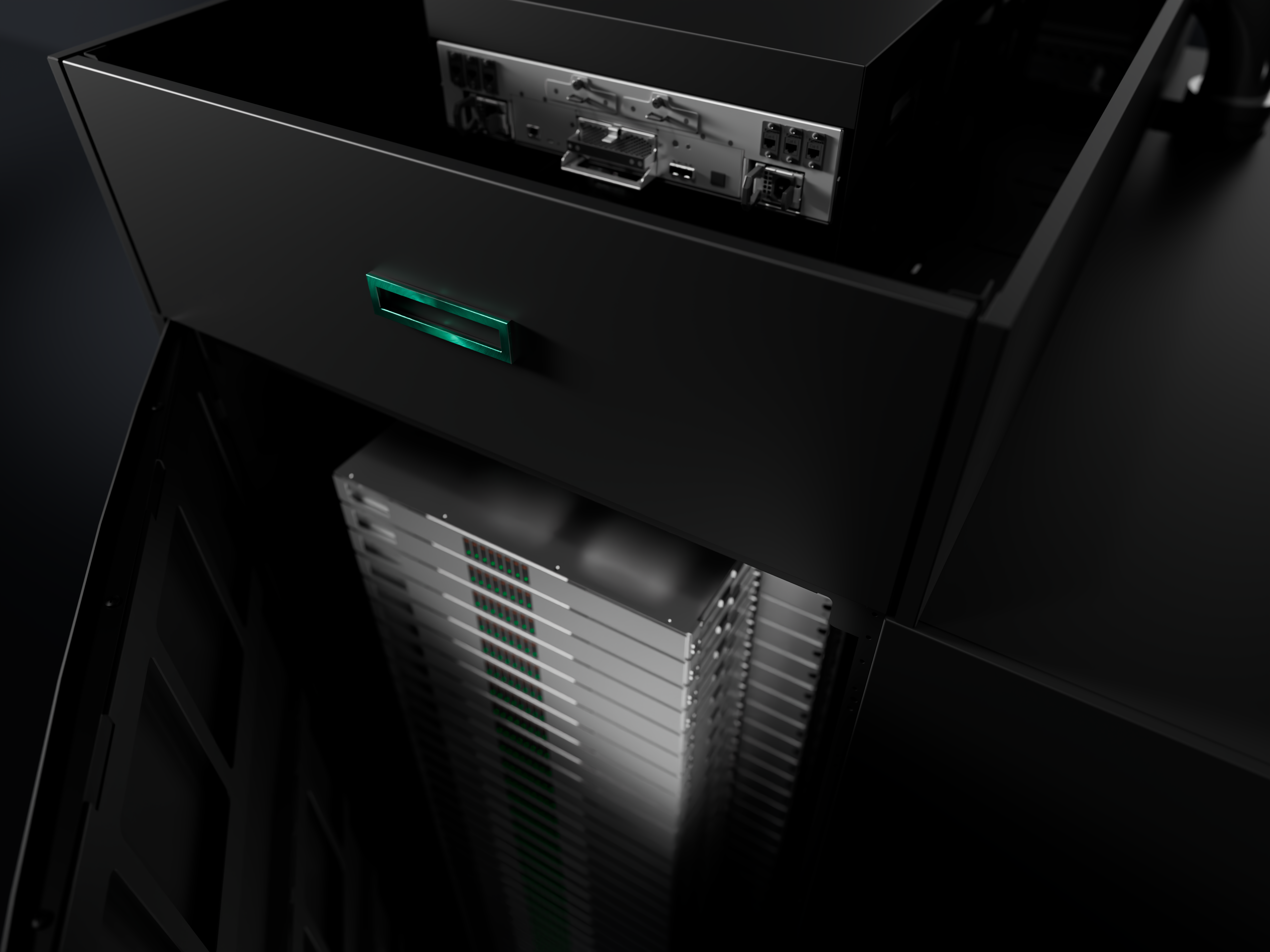
Speaking to journalists, Damkroger described the GX5000 as having “been in the works for years”, adding that there have been some “pivots over the last year and a half as we’ve seen the growth of TDPs (thermal design points), the growth of different silicon coming out from all the vendors and the need to be able to support all of these different workloads”.
Indeed, it’s the workloads that are at the center of HPE’s pitch for GX5000, with the company describing it as “next-generation infrastructure for supercomputing in the converged AI and HPC era”.
Discovery supercomputer and Lux AI cluster
One of the first organizations to be able to put the new infrastructure through its paces is the US Department of Energy’s Oak Ridge National Laboratory (ORNL).
Alongside the announcement of the Cray GX5000, K3000 storage system, and liquid cooling pump innovations, HPE also revealed it’s building a new, second-generation exascale supercomputer named Discovery to succeed the lab’s current supercomputer, Frontier.
Like Frontier, Discovery will feature AMD chip sets including the next generation “Venice” EPYC CPU, which was revealed by AMD in April 2025, and Instinct MI430X GPUs, which have been developed for AI workloads.
In terms of storage, it will have both the new K3000 storage system and Lustre file system-based E2000 storage, as well as next-generation HPE Slingshot interconnects for high-bandwidth, low-latency data transfer.
In addition to Discovery, HPE and ORNL also announced the creation of a new AI cluster called Lux.
Described as a sovereign AI factory for training and inferencing that offers researchers “cloud-like” access to compute resources, Lux will run not on Cray hardware, but on HPE’s ProLiant Compute XD685 direct liquid-cooled servers.
It will also feature AMD technology, namely MI355X GPUs, EPYC CPUs, and Pensando networking.
It’s not been announced when Discovery or Lux will come online, but Damkroger told journalists delivery of systems based on Cray Supercomputing GX5000 will start in 2027.
Make sure to follow ITPro on Google News to keep tabs on all our latest news, analysis, and reviews.
MORE FROM ITPRO
- Inside Lumi, one of the world’s greenest supercomputers
- Inside Isambard-AI: The UK’s most powerful supercomputer
- Europe's first exascale supercomputer, Jupiter, is now live

Jane McCallion is Managing Editor of ITPro and ChannelPro, specializing in data centers, enterprise IT infrastructure, and cybersecurity. Before becoming Managing Editor, she held the role of Deputy Editor and, prior to that, Features Editor, managing a pool of freelance and internal writers, while continuing to specialize in enterprise IT infrastructure, and business strategy.
Prior to joining ITPro, Jane was a freelance business journalist writing as both Jane McCallion and Jane Bordenave for titles such as European CEO, World Finance, and Business Excellence Magazine.
-
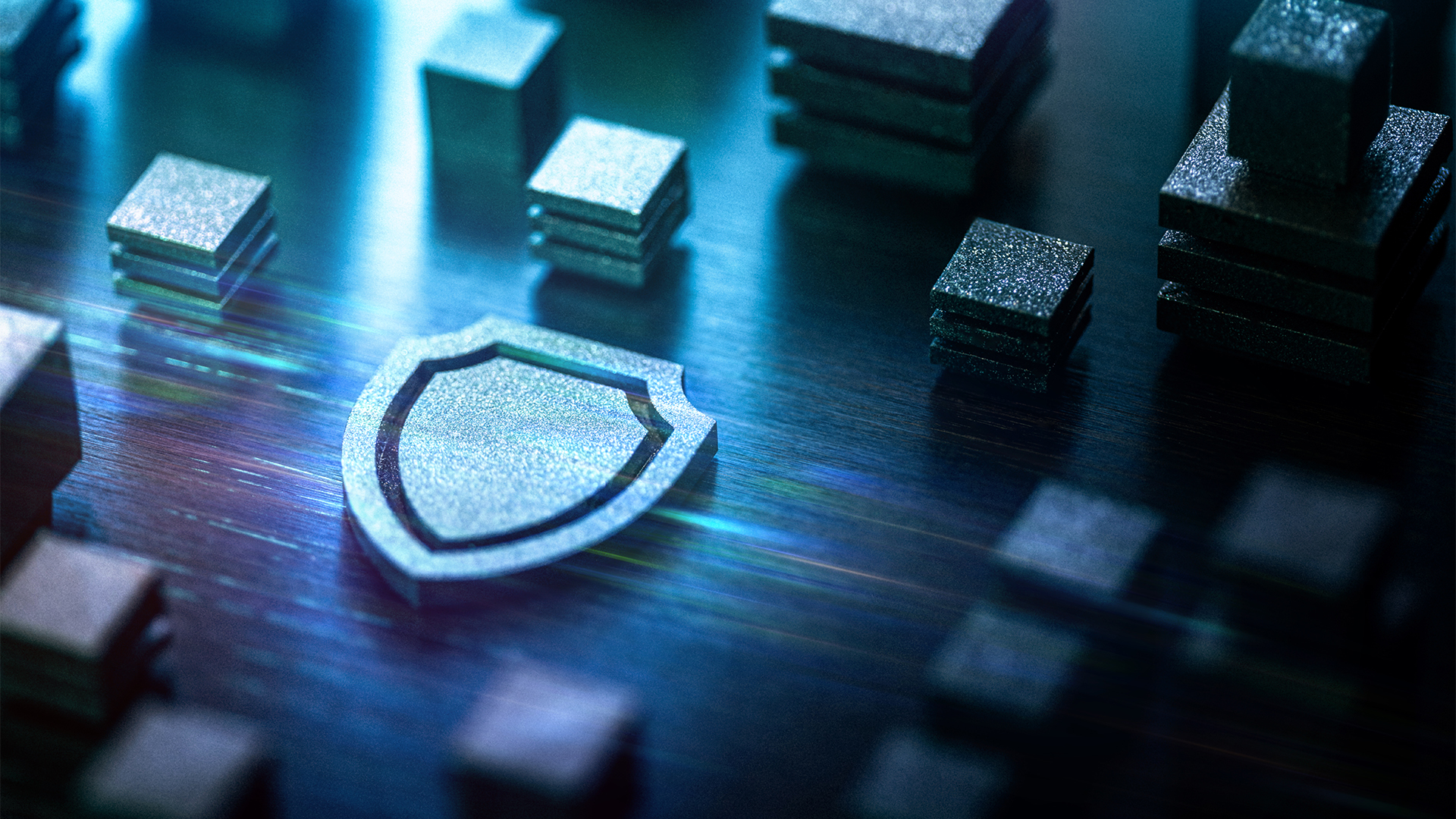 What businesses need to know about data sovereignty
What businesses need to know about data sovereigntyWithout a firm strategy for data sovereignty, businesses put their data and reputations at risk
-
 Anthropic says MCP will stay 'open, neutral, and community-driven' after donating project to Linux Foundation
Anthropic says MCP will stay 'open, neutral, and community-driven' after donating project to Linux FoundationNews The AIFF aims to standardize agentic AI development and create an open ecosystem for developers
-
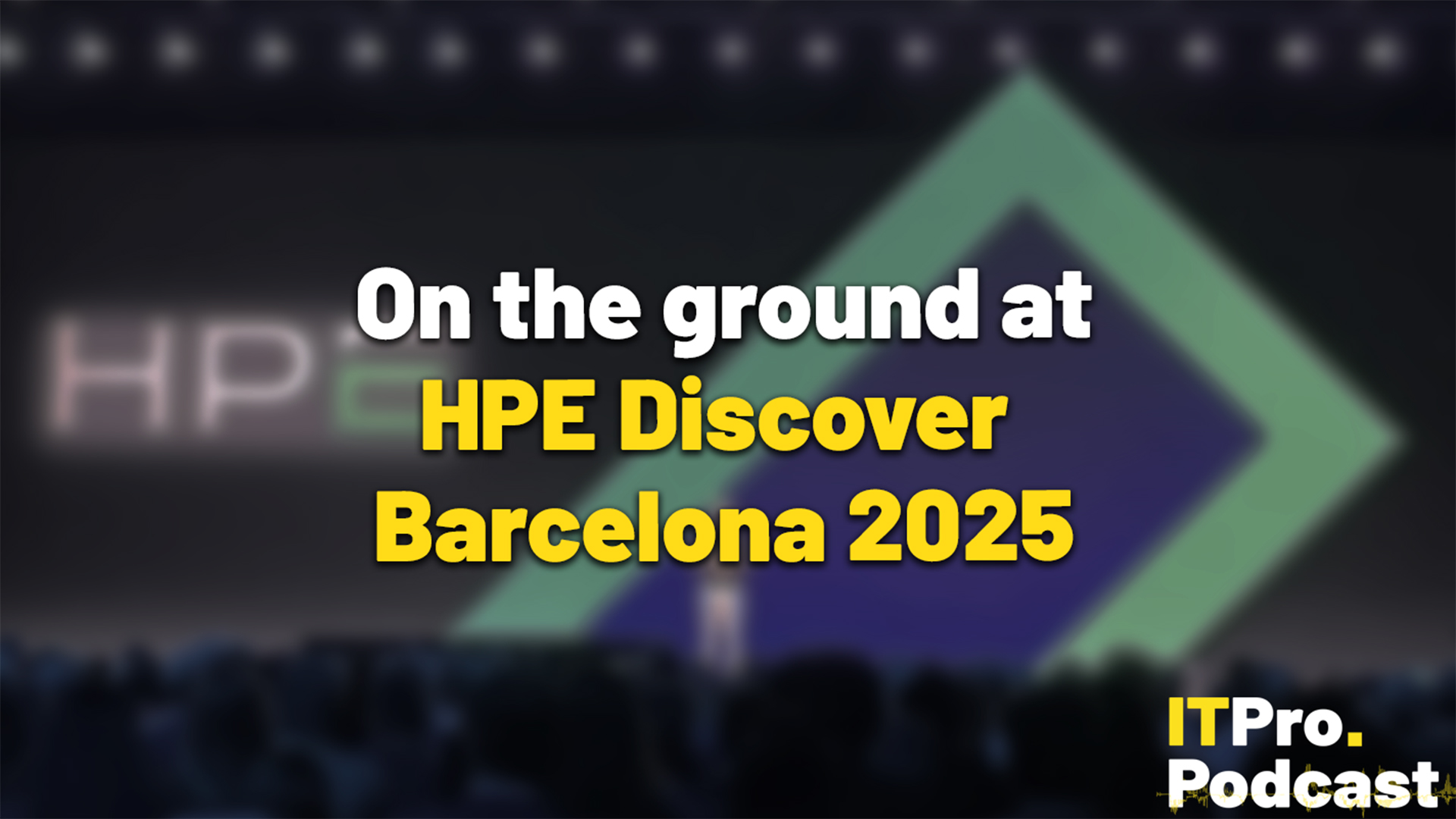 On the ground at HPE Discover Barcelona 2025
On the ground at HPE Discover Barcelona 2025ITPro Podcast This is a pivotal time for HPE, as it heralds its Juniper Networks acquisition and strengthens ties with Nvidia and AMD
-
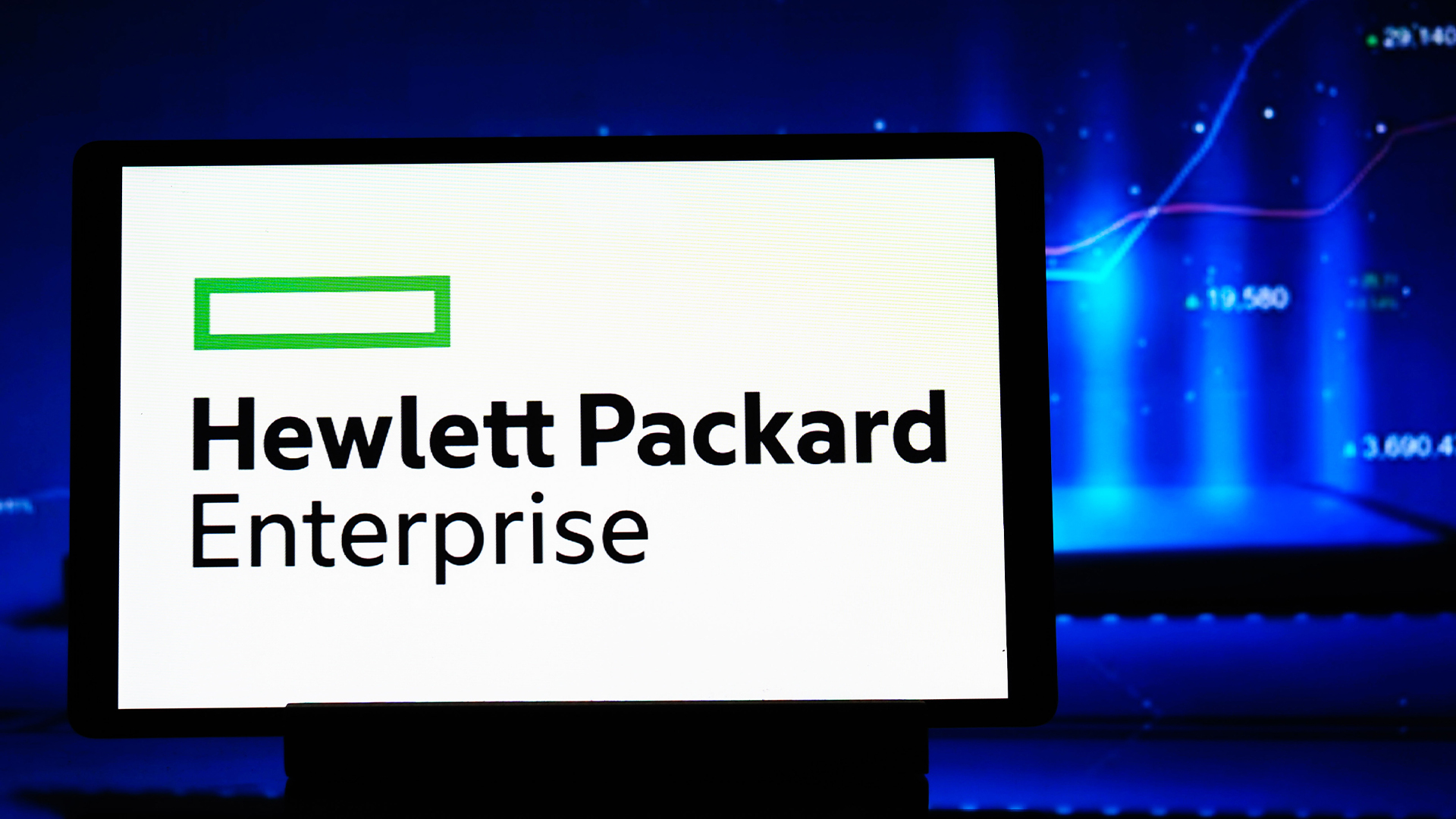 HPE promises “cross pollinated" future for Aruba and Juniper
HPE promises “cross pollinated" future for Aruba and JuniperNews Juniper Networks’ Marvis and LEM capabilities will move to Aruba Central, while client profiling and organizational insights will transfer to Mist
-
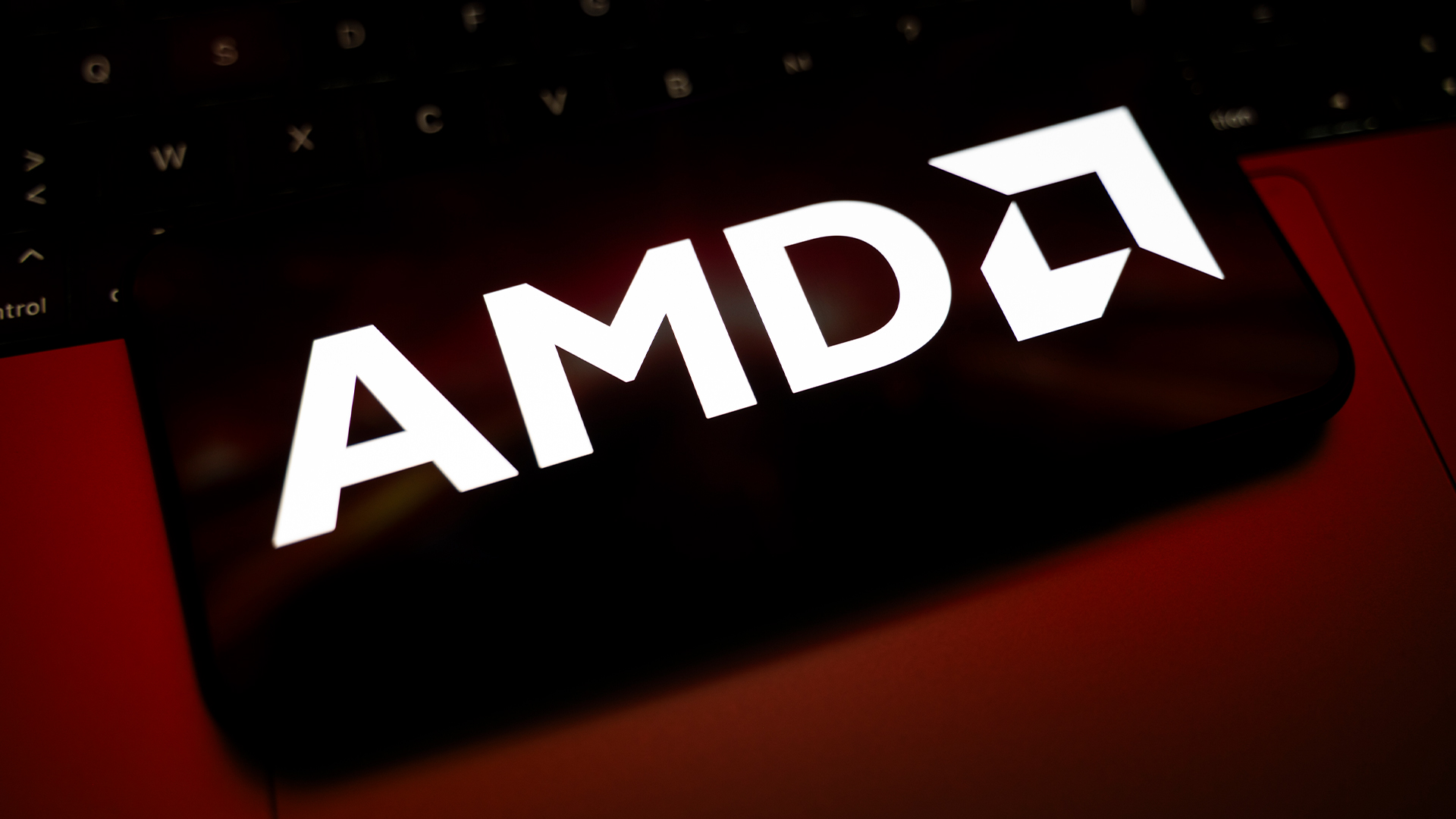 France is getting its first exascale supercomputer – and it's named after an early French AI pioneer
France is getting its first exascale supercomputer – and it's named after an early French AI pioneerNews The Alice Recoque system will be be France’s first, and Europe’s second, exascale supercomputer
-
 Nvidia just announced new supercomputers and an open AI model family for science at SC 2025
Nvidia just announced new supercomputers and an open AI model family for science at SC 2025News The chipmaker is building out its ecosystem for scientific HPC, even as it doubles down on AI factories
-
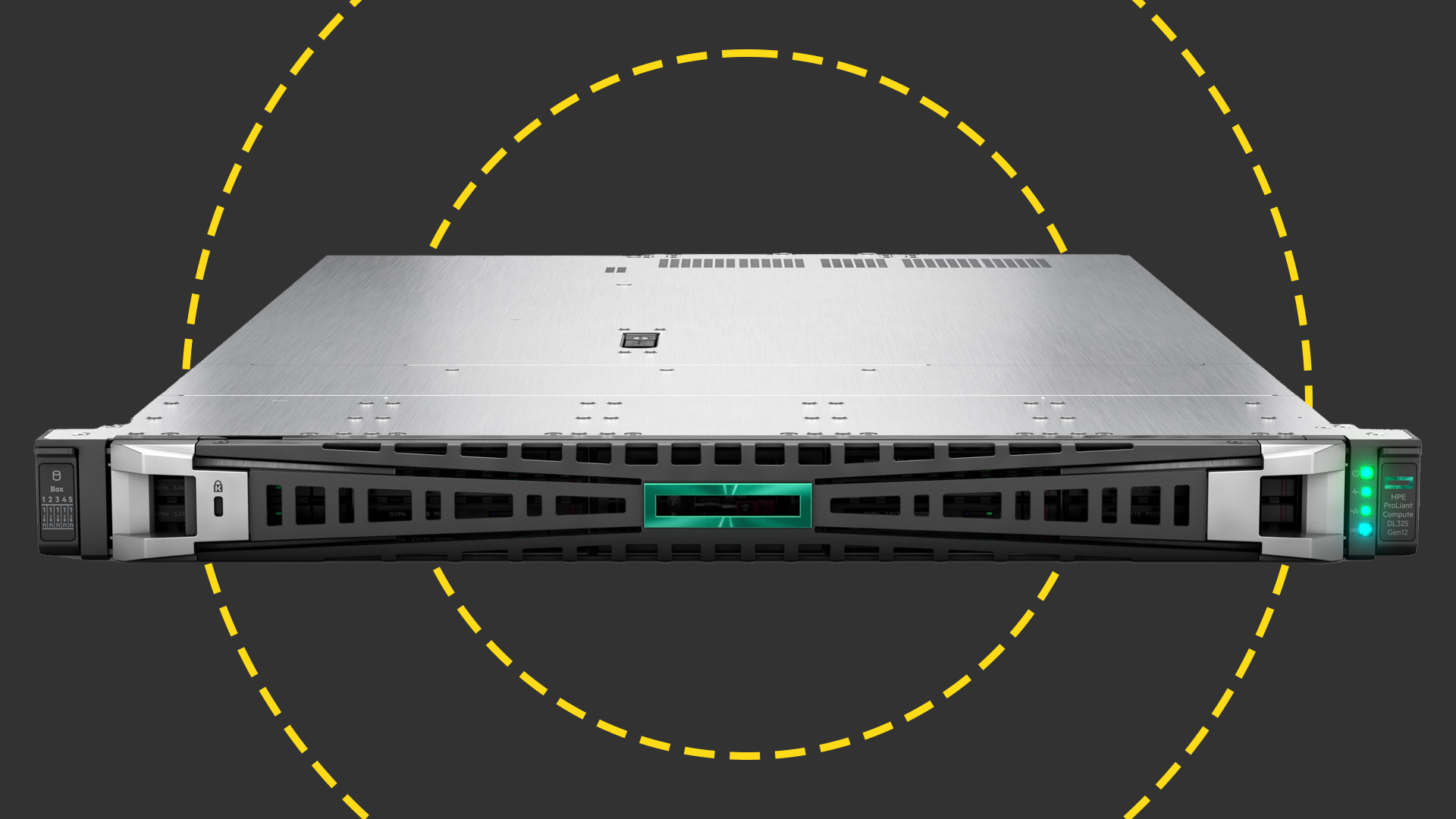 HPE ProLiant Compute DL325 Gen12 review: A deceptively small and powerful 1P rack server with a huge core count
HPE ProLiant Compute DL325 Gen12 review: A deceptively small and powerful 1P rack server with a huge core countReviews The DL325 Gen12 delivers a CPU core density and memory capacity normally reserved for expensive, power-hungry dual-socket rack servers
-
 US Department of Energy’s supercomputer shopping spree continues with Solstice and Equinox
US Department of Energy’s supercomputer shopping spree continues with Solstice and EquinoxNews The new supercomputers will use Oracle and Nvidia hardware and reside at Argonne National Laboratory
-
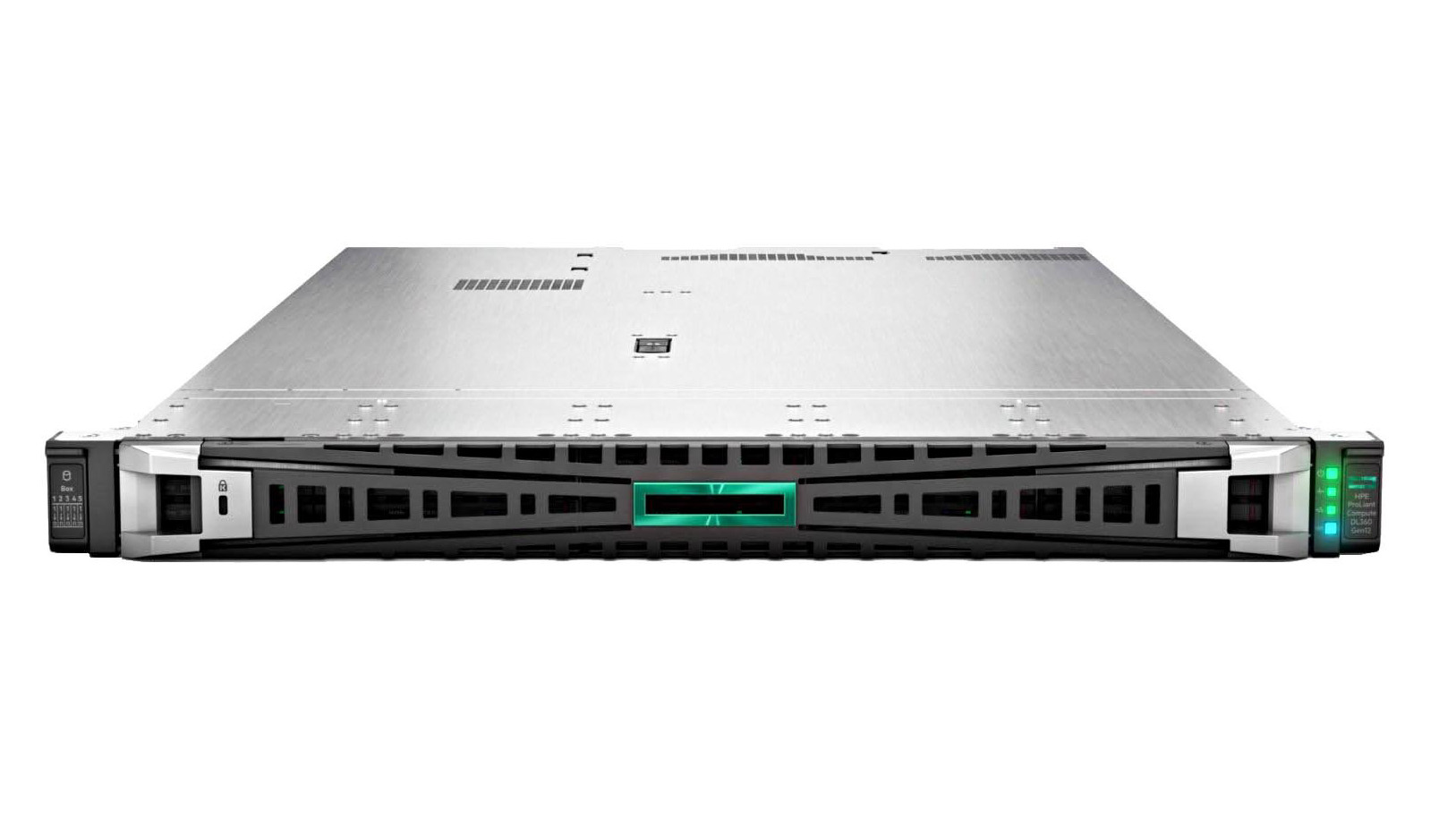 HPE ProLiant Compute DL360 Gen12 review: A versatile Xeon 6 rack-optimised power plant
HPE ProLiant Compute DL360 Gen12 review: A versatile Xeon 6 rack-optimised power plantReviews A powerful and scalable dual-socket rack server with a versatile range of storage options and super-strength platform security
-
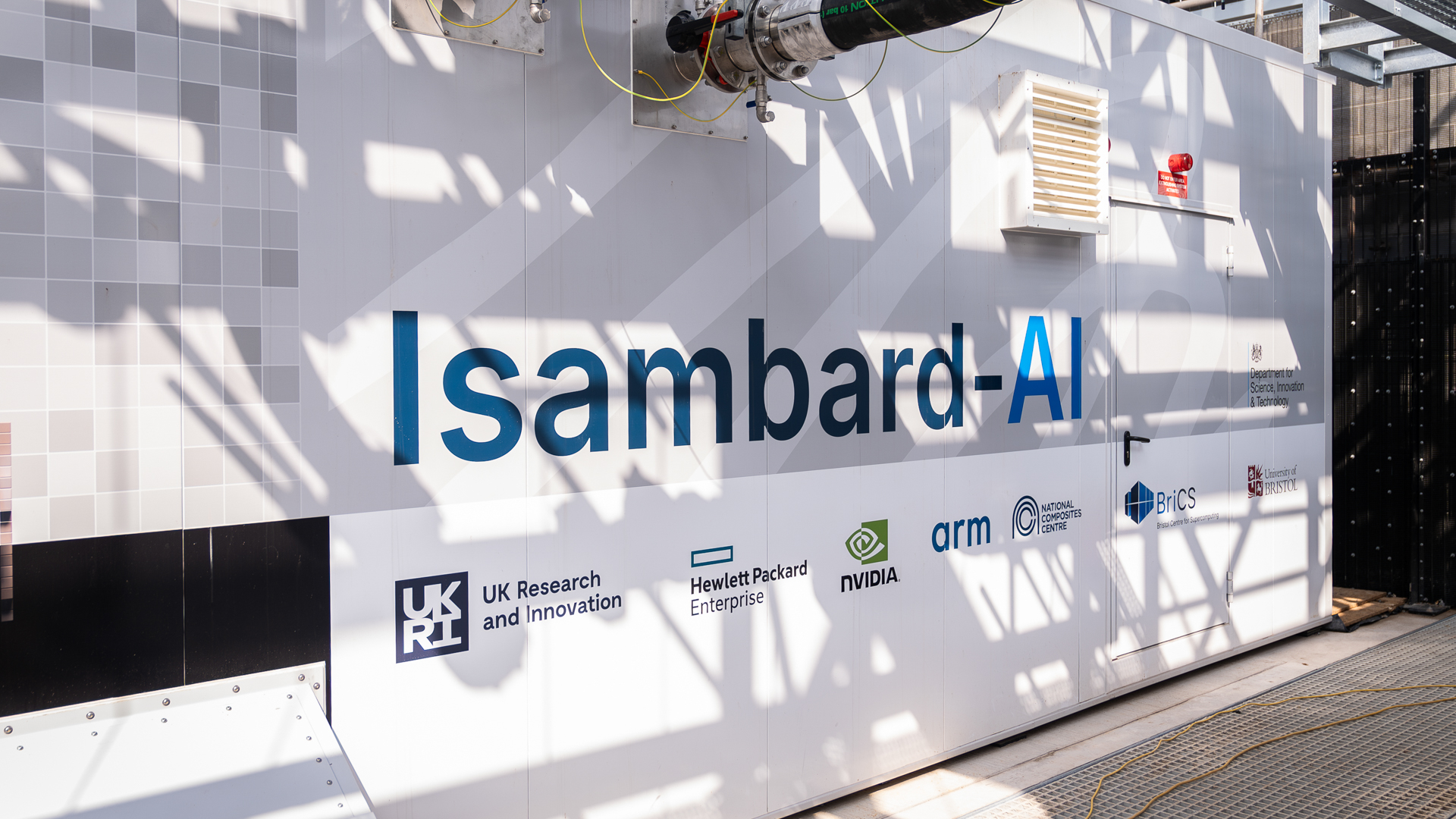 Inside Isambard-AI: The UK’s most powerful supercomputer
Inside Isambard-AI: The UK’s most powerful supercomputerLong read Now officially inaugurated, Isambard-AI is intended to revolutionize UK innovation across all areas of scientific research